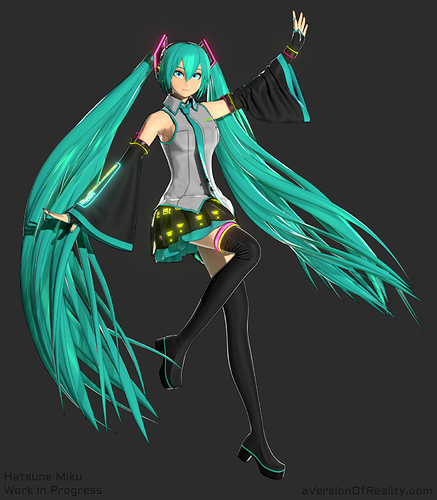@File_xor, @sundialsvc4, regarding skipping neighbouring vertices, that is already done for directly neighbouring polygons. The issue is that when the self collision distance is greater than the size of some polygons, collisions will happen between polygons near each other, even if they are not neighbouring. Simply arbitrarily ignoring “some amount” of neighbouring polygons is not a solution here. The way to fix this would be to either ignore polygons closer than the collision distance through the mesh, or ideally, to clamp the collision distance between polygons, based on their distance through the mesh. This really adds significant complexity to the code, and depending on the way it is implemented, could also result in a significant performance penalty. I do plan to look into this eventually, but it really isn’t as simple as it seems. For now, just reduce the self collision distance manually.
I see the point of having multiple weights affecting a single property, but how do you see this being implemented from a UI perspective?
Cache step isn’t there, because cloth looks terrible when interpolated. Even for particles, this feature’s usefulness can be debatable, though there I can see a point for it in some situations.
@sundialsvc4, disabling self collisions is a good test, to check if that is where the issue stems from, however, once you have defined that it is indeed the problem, just try to enable it again, and reduce the self collision distance. Have you tried that? The mesh density where it explodes is not arbitrary at all, it is simply the point where your polygons are smaller than the self collision distance.
@rombout, indeed I forgot to add the new properties to the presets. Thanks to you and Philipp Oeser for fixing that!
@Ascalon, indeed that is a problem with surface deform. It could be nice to limit binds with vertex groups. This would also be fixed by my plan to implement UV space based binding. Though I don’t know when I’ll have time to look into improving surface deform. Currently I don’t know of a way to deal with this, unfortunately.
@SPYNeox, yes, this is fixed. A new option has been added to the collider settings, called “Single Sided” (enabled by default), which makes the collisions aware of normals, and pushes intersecting geometry out.



